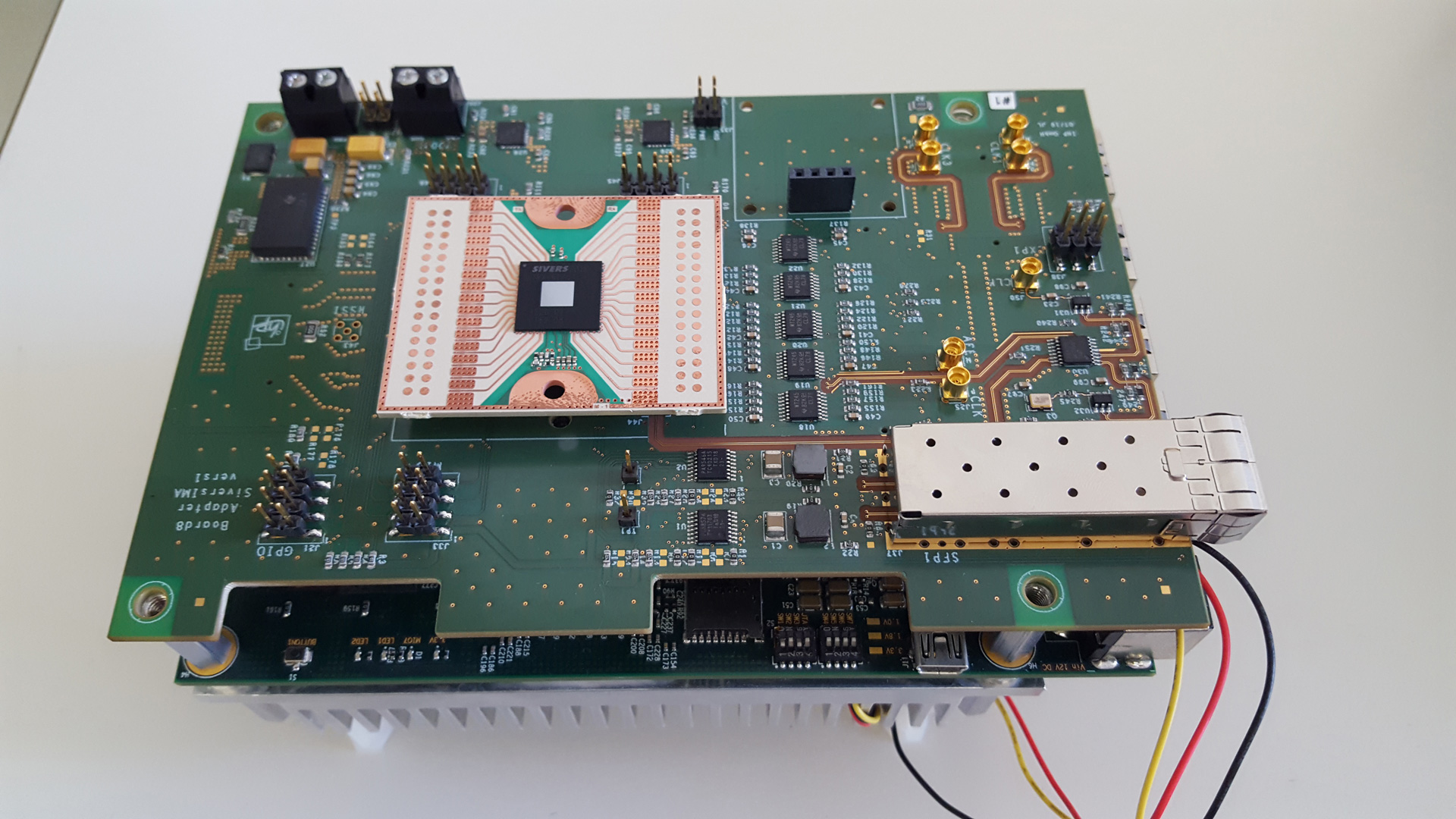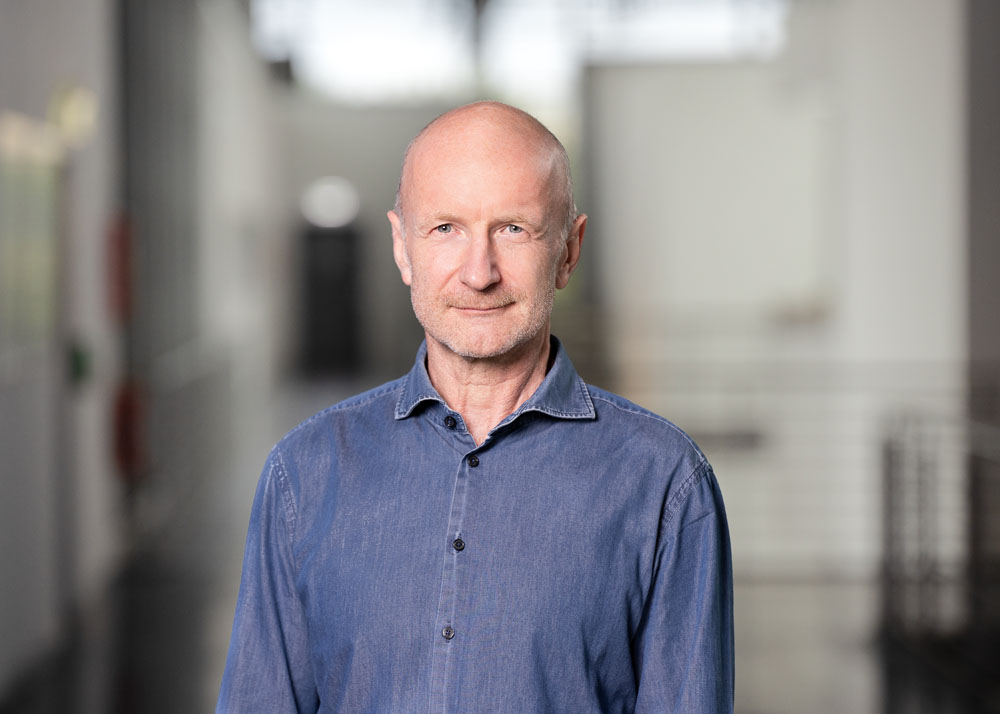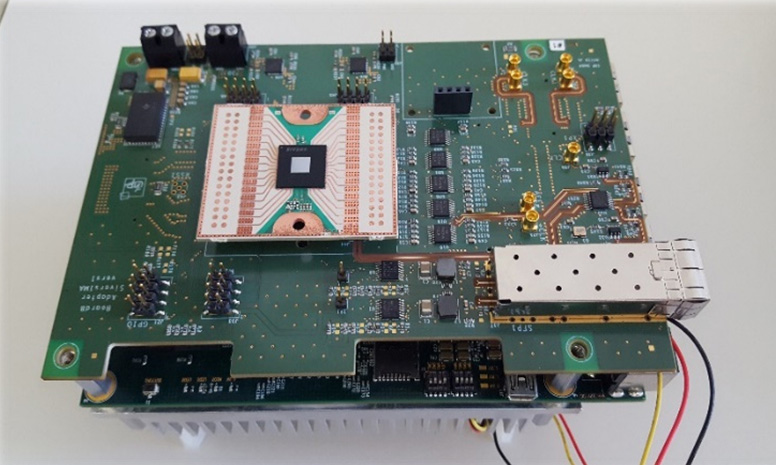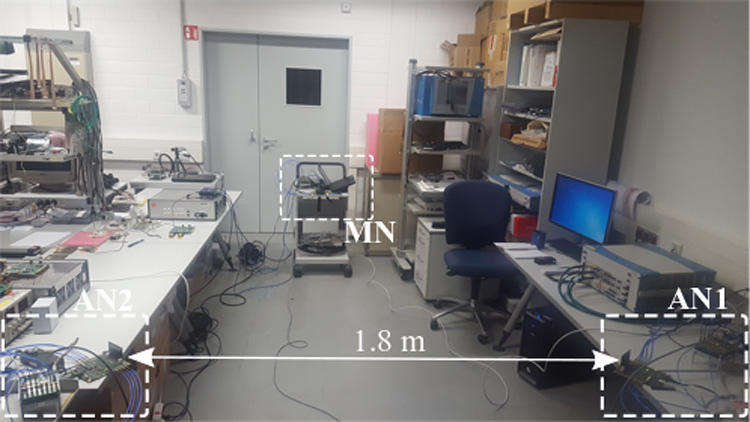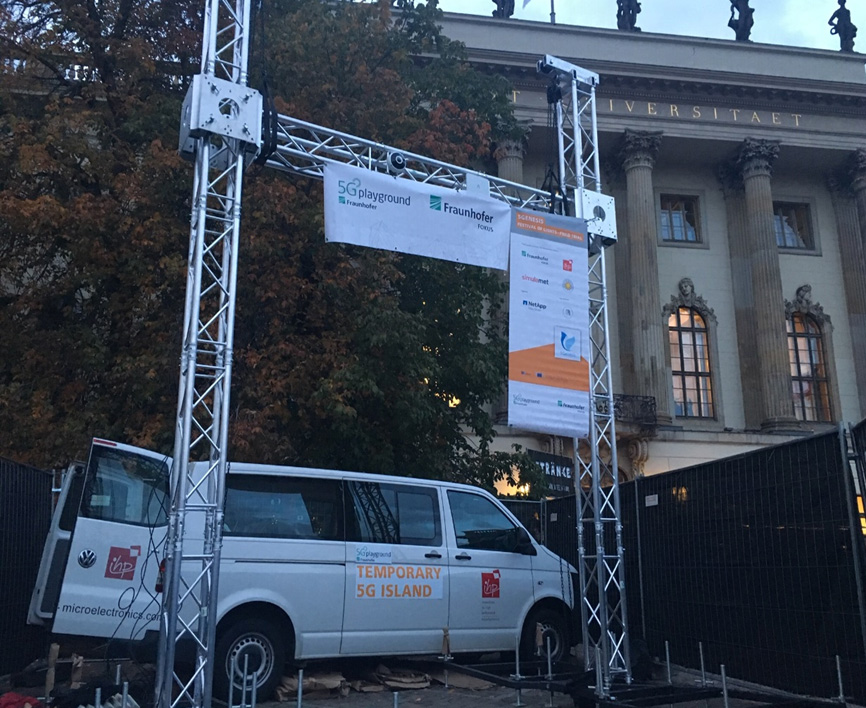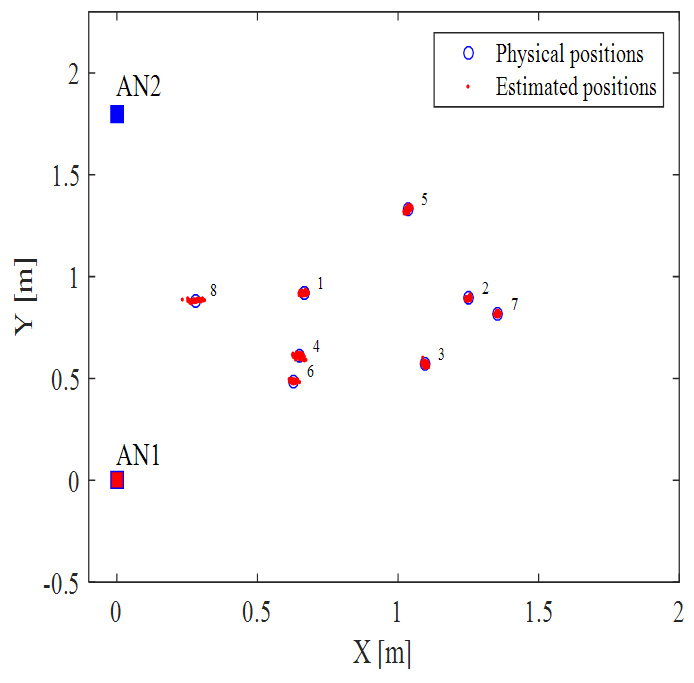In order to meet the growing demand for data rates, it is necessary to increase the spectral transmission efficiency and use further spectral ranges, e.g. in the millimeter-wave band and in the D band (~140 GHz).
In particular, beam shaping and MIMO techniques are in the focus of research and development. Beamforming allows longer ranges for wireless communication and the reduction of interference and shadowing effects. Due to the small wavelength, the size of the required antenna array can be kept small. Furthermore, the environmental impact of electromagnetic waves is reduced and energy efficiency is increased. These techniques are required and used, e.g. for the realization of 5G networks and are the foundations of further developments towards 6G technology.
Main targets
- PHY and MAC development for Gigabit WLAN and WPAN
- millimeter-Wave (mm-Wave) backhaul networks and fronthaul networks
- hybrid-beamforming und MIMO-techniques for increased spectral efficiency
- precise ranging, localization and in-door positioning
- industrial high QoS WLAN with low latency for Tactile Internet Applications
Research topics
- communication systems with highest data rates
- 5G and 6G communication systems
- signal processing, beamforming and MIMO
- latency and safety critical WLAN systems
- system solutions for localization and distance determination
The growing need for wireless transfer rates of several Gigabits per second creates big technical challenges. It can be tackled by increasing the spectral efficiency of the transmission and by using additional radio spectrum, e.g. in the millimeter-wave (mm-Wave)-band. In particular beamforming and Multiple-Input Multiple-Output (MIMO) techniques are in the focus of research and development. Beamforming allows reaching a higher distance for wireless communications, and to mitigate the effects of shadowing and interference. Due to the short wavelength, the size of the required phased array antenna can be kept small.
Currently several standardization activities are under way. The 3GPP has released several versions of the 5G standard and first investigations on the 6G standard definition have started. Furthermore, the IEEE802.11ay standard enabling datarates in the range of 100 Gbit/s is close to being finalized. Based on standard IEEE802.11az it enables precise synchronization and is also instrumental for facilitating precise positioning using time-of-flight (ToF) measurements.
The recent technological developments enable the development of ultra-high data rate communication systems. Therefore, currently there are numerous activities using the 60 GHz band and the D-band (140 GHz) for applications that require ultra-high data rates.
Millimeter Wave and higher frequency systems will allow a quantum leap in reaching significantly higher data rates than feasible with current WLAN technology in the sub-6-GHz frequency bands. This will facilitate new services and user applications, which cannot be made available with present wireless communication technologies.
Another important focus is the integration of ranging and localization in the communication system. The large bandwidth and high-performance baseband processor units allow very accurate estimation of the distance between transmitter and receiver using time-of flight measurements. This allows new location based services with extremely little extra cost.
Research results
A mmWave frontend chip-set, supporting beamforming was further improved and is now available in different versions suitable for a range of applications.



